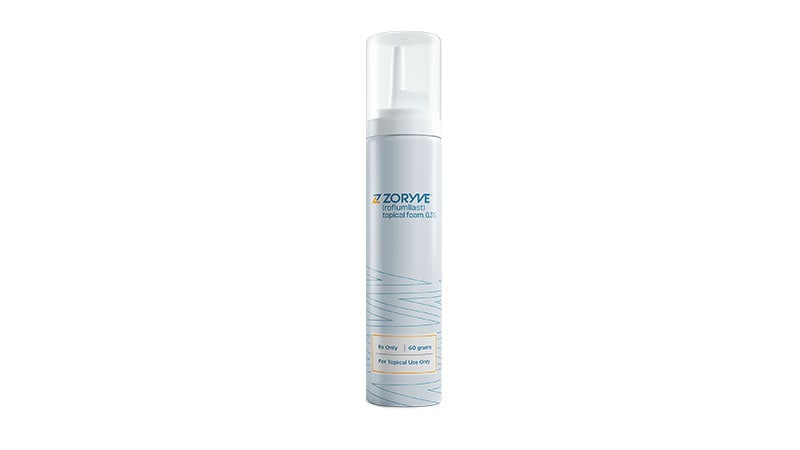Empagliflozin Sheds Liver Fat in People With and Without T2D
TOPLINE:
Empagliflozin appears to reduce liver fat content in individuals with obesity without type 2 diabetes (T2D) and patients with T2D and is a potential therapy against metabolic dysfunction–associated steatotic liver disease (MASLD).
METHODOLOGY:
- MASLD, now the most prevalent chronic liver disease, may affect most people with obesity and T2D. No therapy has been approved, but several types of glucose-lowering agents have been shown to reduce liver fat in patients with T2D.
- This analysis tested whether a sodium-glucose cotransporter 2 inhibitor is a potential therapeutic option, with a primary outcome of change in liver fat after treatment vs placebo.
- The 12-week double-blind study looked at 30 patients with T2D and 27 individuals with obesity and without T2D (46% women, no race or ethnicity provided, body mass index between 31 and 37).
- Participants underwent assessments at baseline and the end of the study, including a 75-g oral glucose tolerance test, liver fat content measurement by MRI, and endogenous glucose production measurement with a 3-3H-glucose infusion.
- Participants were randomly assigned (2:1 ratio) to receive either 25 mg of empagliflozin or a matching placebo for 12 weeks, with compliance monitored via pill counting.
TAKEAWAY:
- Participants receiving empagliflozin showed a significant absolute reduction in liver fat content by 2.39% ± 0.79%, while those receiving placebo showed an increase in liver fat content by 0.91% ± 0.64% (P < .007).
- The absolute decrease in liver fat content by empagliflozin was comparable in patients with T2D (2.75%) and individuals without T2D (1.93%).
- The reduction in liver fat content by empagliflozin showed a strong correlation with higher baseline liver fat content (r = −0.62), decrease in body weight (r = 0.53), and improvement in insulin sensitivity (r = −0.51; all P < .001).
- No significant relationship was found between the decrease in liver fat content and changes in fasting plasma glucose or A1c levels or hepatic glucose production.
IN PRACTICE:
The results demonstrate that "empagliflozin is as effective in lowering liver fat content in obese individuals without diabetes as it is in patients with T2D," wrote the authors.
SOURCE:
This study, with lead author Siham Abdelgani, MD, MPH, Division of Diabetes, University of Texas Health Science Center, San Antonio, Texas, was published online in Diabetes Care.
LIMITATIONS:
The single-center design and relatively small sample size of the study may limit the generalizability of the findings. The change in liver fat content was a secondary outcome and was underpowered to detect significant change in individuals without T2D. Moreover, measurement of total body fat oxidation could not be performed because of the risk of spreading COVID-19.
DISCLOSURES:
This study was funded by a grant from the National Institutes of Health. Empagliflozin and placebo were provided by Boehringer Ingelheim. Co-author Ralph A. DeFronzo declared receiving grant support and serving as a member of the advisory and speakers' bureaus of several pharmaceutical companies.


 Admin_Adham
Admin_Adham


